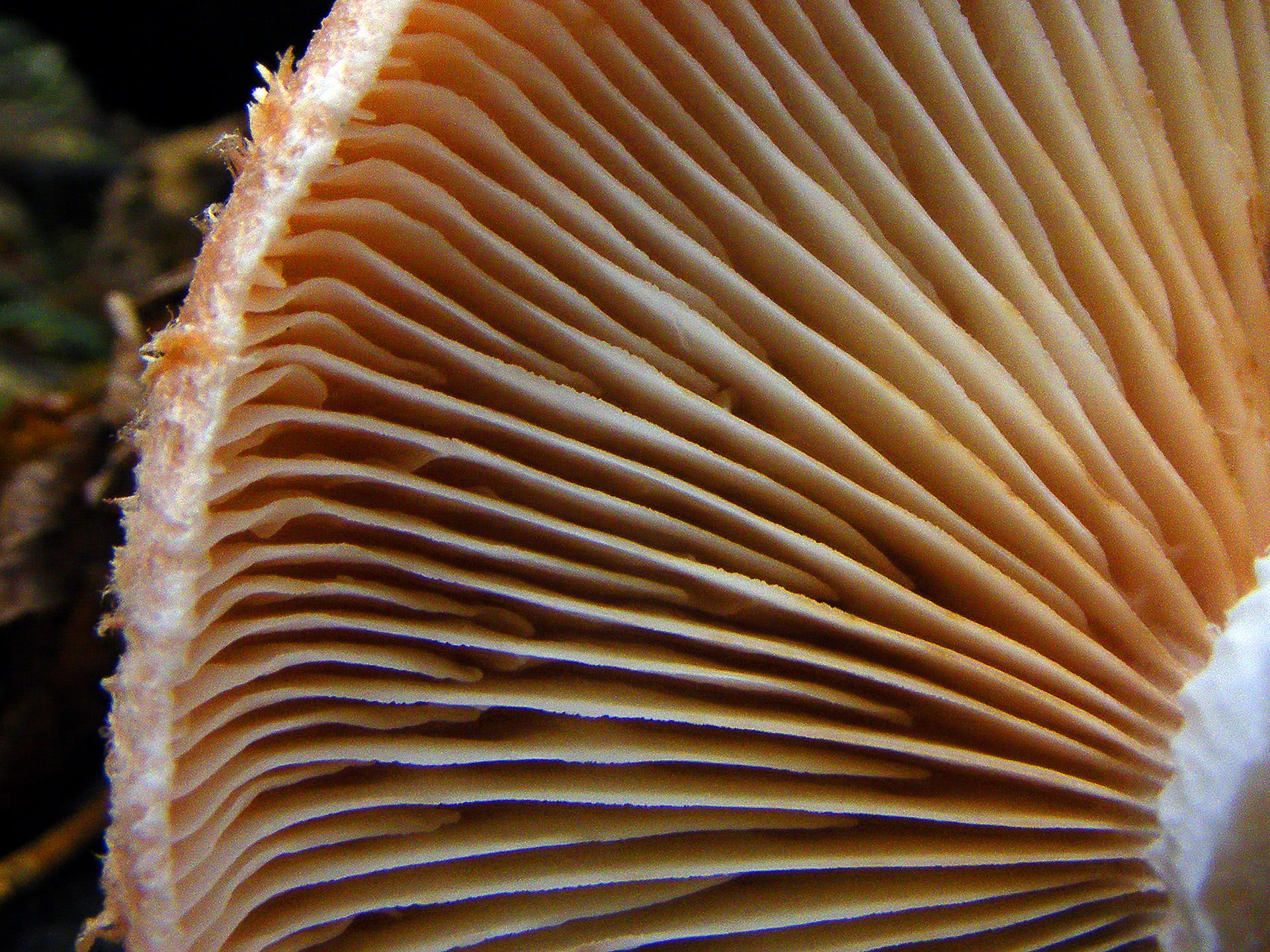
The Largest Living Organism on Earth is a Fungus
Most people think of plants and animals when they think of living organisms, but the largest living organism on Earth is actually a fungus. The fungus is called Armillaria ostoyae, and it is known as the honey mushroom. It covers an area of over 2,300 acres (930 hectares) in the Malheur National Forest in Oregon, and is estimated to be over 2,400 years old.
The honey mushroom is a parasitic fungus that attacks the roots of trees. It spreads through underground networks of mycelium, which are thread-like structures. The mycelium can grow to be miles long, and it can connect the roots of many different trees.
When the honey mushroom attacks a tree, it kills the roots and prevents the tree from taking up water and nutrients. This can eventually kill the tree. The honey mushroom can also spread to other trees through the mycelium network.
The honey mushroom is a fascinating organism, and it is a reminder of the diversity of life on Earth. It is also a reminder of the power of fungi. Fungi play an important role in the ecosystem, and they can be both beneficial and harmful to humans.